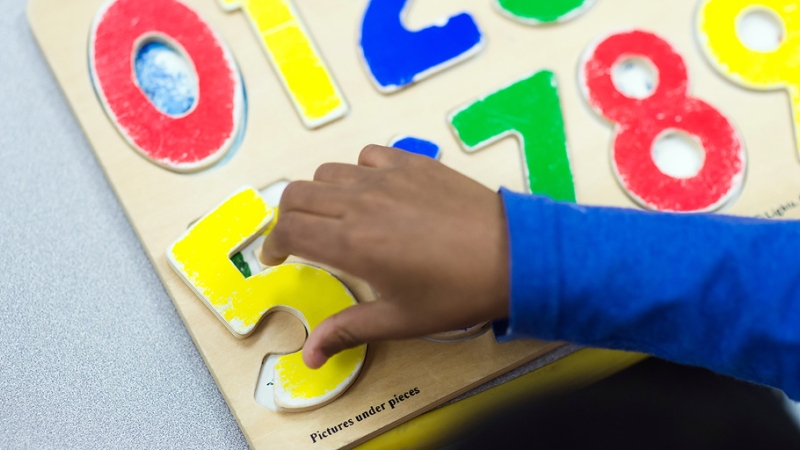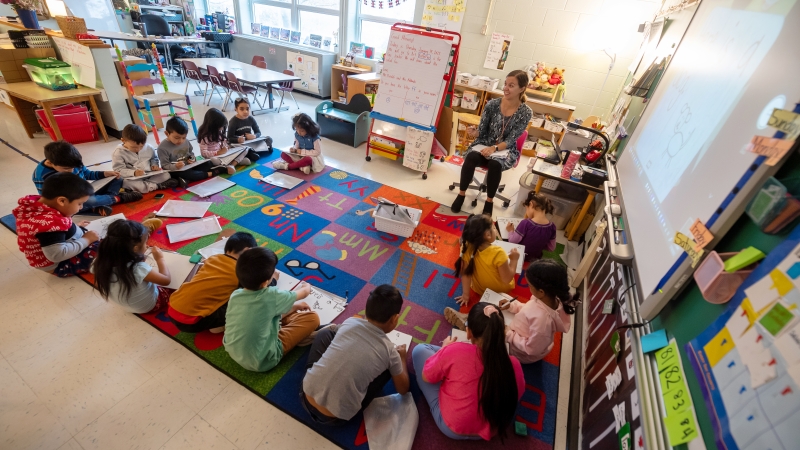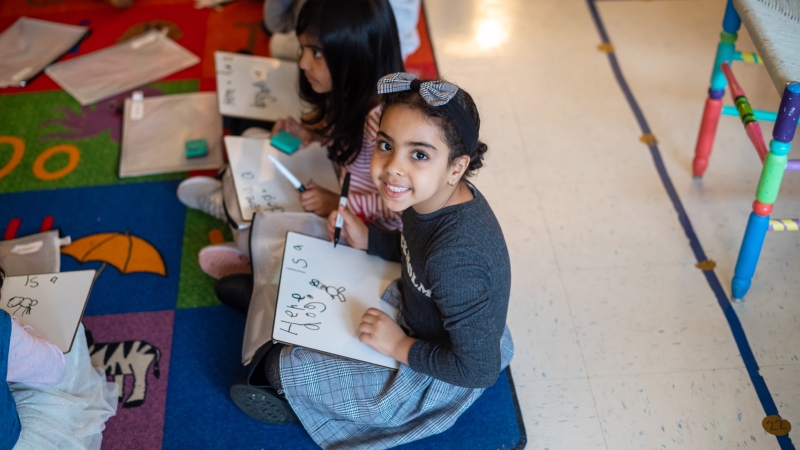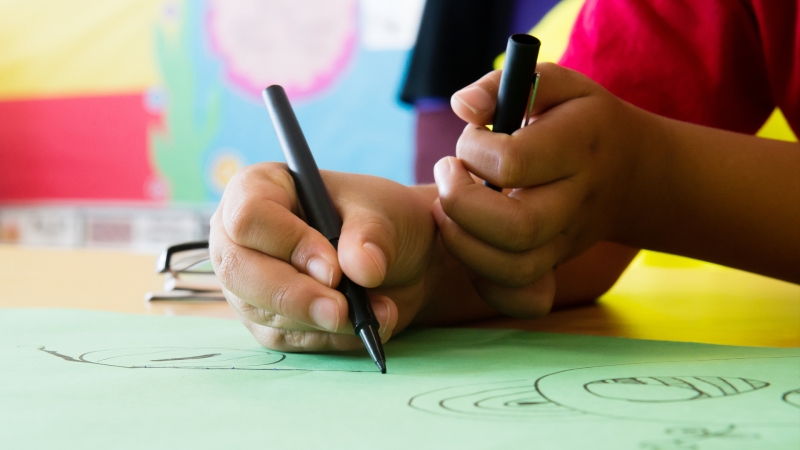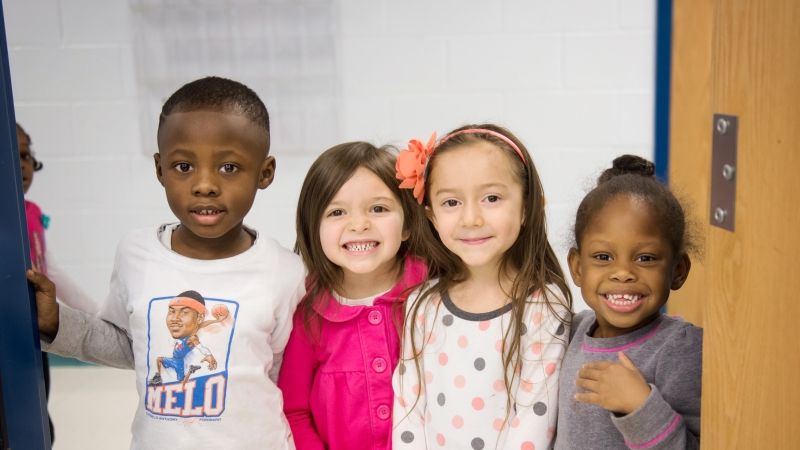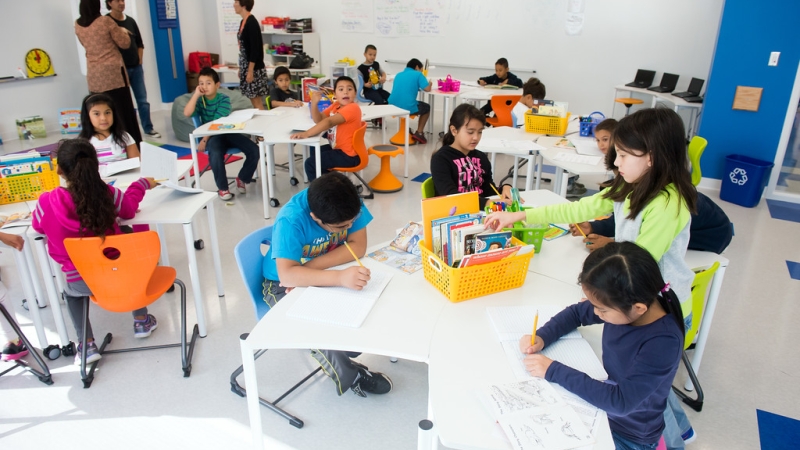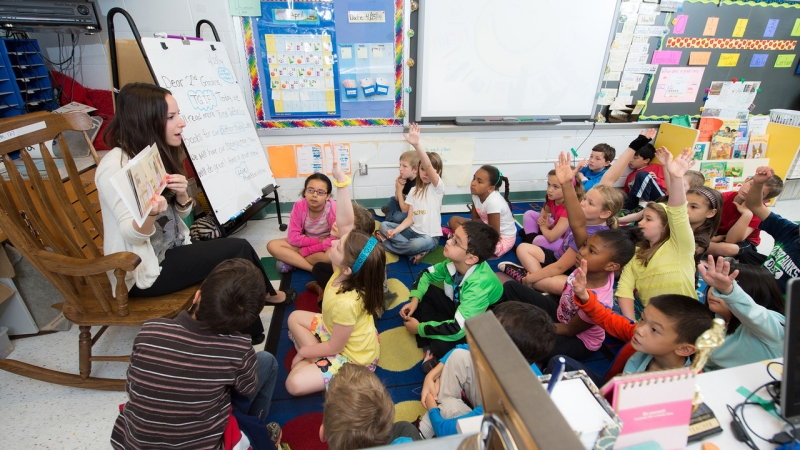
5-4-3-2-1 Early Childhood Tips for Today: Music and Movement
|
|
Things to Know or Do |
- "Speech and music have a number of shared processing systems. Musical experiences which enhance processing can therefore impact on the perception of language which in turn impacts on learning to read." (Susan Hallam, Institute of Education, University of London)
- Wiggle, spin, dip, twirl! Movement helps develop the vestibular system along with the primary function of the ear which is balance. Balance must be developed before the ear can move on to fully develop auditory functioning for focused, attentive listening.
- Music and movement stimulate the frontal lobes of the brain; activities that you can incorporate using cross lateral movement, or crossing the midline is especially important in strengthening brain connections (i.e., left hand to right knee, etc.).
- Make up silly dances, say nonsensical words together, chant silly rhyming words all in a row, model improvisation and imagination by inserting new words into familiar songs, for example: “Twinkle Twinkle little shoe, how I wonder what you do, when you run into the room, jumping like a bouncy balloon, Twinkle Twinkle little shoe, how I wonder what you do,” etc.
- Incorporate simple items into music like sticks, scarves, and bells into circle time and provide plenty of space for friends to move. Dance activities help children develop spatial awareness skills; for instance have friends hold their arms out to the side to ensure they’re not touching anyone.
|
|
Children Read Alouds |
Giraffes Can’t Dance by Giles Andreae
Gerald the giraffe wants nothing more than to dance. With crooked knees and thin legs, it’s harder for a giraffe than you would think. Gerald is finally able to dance to his own tune when he gets some encouraging words from an unlikely friend.
Snow Dance by Lezlie Evans
The lyrical, sing-song writing of this book lends naturally to some natural music and movement time in the classroom. Plus, the theme is spot on for this time of year!
Hand, Hand, Fingers, Thumb by Al Perkins
This fun book can be used to introduce rhythm as well as concepts like The Five Senses and All About Me. The rhythmic flow of the book naturally and easily lends itself to learning how to hold a steady beat along with the silly monkeys in the book.
Hilda Must Be Dancing by Karma Wilson
Hilda Hippo loves to dance! But whether she’s tangoing, square dancing, boogying to disco, doing the flamenco, or samba, Hilda makes a lot of noise. Her friends try to subtly guide Hilda to a different hobby; but for Hilda, nothing else will do!
|
|
Links to Visit |
- National Association for the Education of Young Children: Integrating Music, Drama, and Dance Helps Children Explore and Learn
- Childhood 101: Brain Breaks! 10 Crossing the Midline Activities for Kids
- Teaching 2 and 3 Year Olds: 10+ Music and Movement Activities for Toddlers and Preschoolers
 |
Points to Action Research |
- The Atlantic: Why Young Kids Learn Through Movement
- TedXCanberra: What if Every Child Had Access to Music Education from Birth
|
|
Video to View |
Patty Shukla Kids TV: I Can Do It




